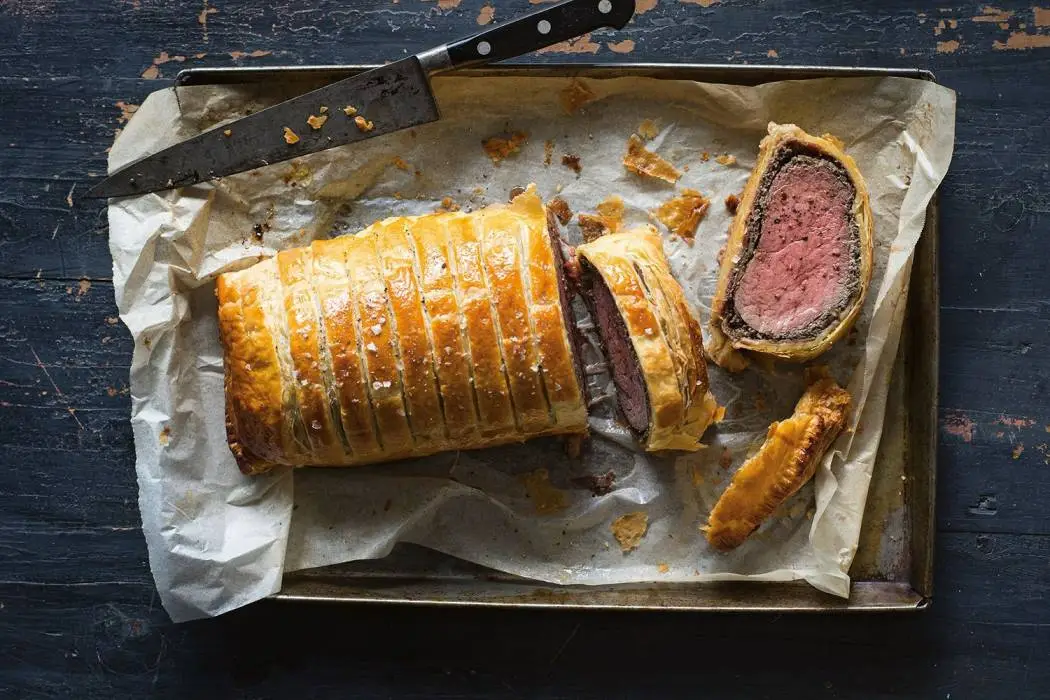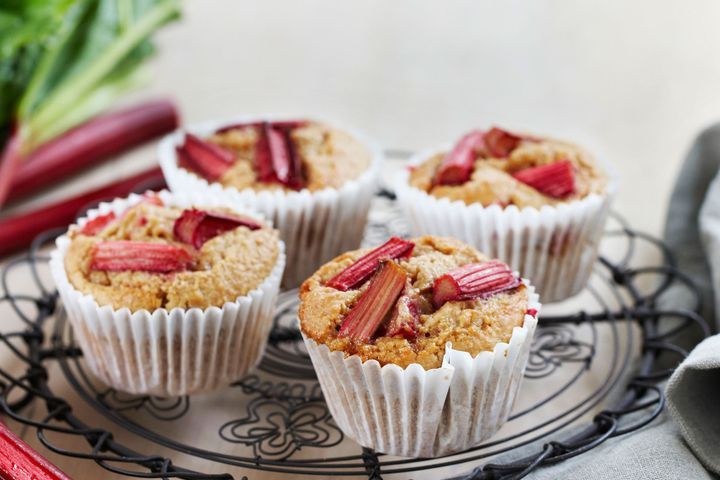Particularly in the harsh cold of winter, there isn't anything more encouraging than a hot bowl of soup. The main possible method for hoisting it is by making the actual bowl eatable.
A famous choice at café networks, for example, Panera Bread, a bread bowl is, straightforwardly, a bowl made from bread. At the point when its emptied focus is loaded up with hot soup, the light items in the bread bowl retain and soften into the stock, making a compellingly generous bread stew.
An issue that a home cook might experience is bread bowls turning out to be too saturated excessively fast. To keep away from this miserable destiny, toasting your bread bowl is a simple safeguard measure.
Most importantly, a bread bowl's principal work is to hold its soupy items. On the off chance that the bread bowl isn't sufficiently tough, the soup can splash through and make a spongy mixed bag of soup and bread, so toasting the bowl in advance is a commendable additional step.
Why Toasting Is The Best Bread Bowl Technique?
Part of the allure of bread bowls is the slow breaking down of the bread into the soup; the catchphrase here is "progressive." Assuming that the bread is excessively delicate all along, it will become soaked the second you bring your filling of decision into it.
At the point when bread is toasted, a large portion of its dampness vanishes, making it drier, harder, and more solid as such, it's undeniably bound to hold up when loaded up with that steaming hot lemon chicken orzo soup you recently made.

To toast your bread bowl, you should simply slather the emptied out portion with some olive oil (or one more oil of your decision with a high smoke point) and throw it in the broiler for a couple of moments.
The outcome: a warm, hot bread bowl with a brilliant brown hot completion. To take advantage of the newly toasted bread bowl, make certain to serve it with your soup immediately.
Bread Bowls Can Bear More Than Just Soups
In spite of the fact that bread bowls are the ideal serving dish for soups or stews, their potential purposes expand a lot further. For example, you can fill a bread bowl with plunge, similar to smooth hummus or velvety spinach artichoke plunge, and serve it close by crudités.
Or on the other hand, to hoist a bread bowl starter spread, you could make bread garnishes out of the bowl's scooped-out items and deal them as plunging vessels.

Just cut up the piece of bread into 3D shapes, sprinkle some oil on top, and toast them alongside the bread bowl. The entire spread will have a natural allure, and will doubtlessly keep party visitors stuck to the bite table.
You could in fact utilize bread bowls in treats. A bread bowl makes a simple substitute for a conventional pie outside in the event that you load it up with shoemaker or pie filling and intensity it in the broiler.
You can likewise fill it with chocolate fondue sauce and serve it with all the exemplary fondue scoops, as cut organic product, pretzels, and marshmallows. The effortlessness of the bread bowl makes it as flexible as you wish. Regardless of how you utilize a bread bowl, toasting it ahead of time will constantly work well for you.
Frequently Asked Questions!
How do I keep my bread bowl from getting soggy?
An issue that a home cook might experience is bread bowls turning out to be too soaked excessively fast. To stay away from this miserable destiny, toasting your bread bowl is a simple protection measure. Most importantly, a bread bowl's fundamental occupation is to hold its soupy items.
Does toasting bread keep it from getting soggy?
Assuming that you demand cut sandwich bread, think about toasting it first. While its crunch won't keep, toasting dries out the bread, which checks its capacity to absorb as much dampness and forestalls soaked bread.
How to make toast crunchy?
An intensity of 350º will make your toast be more cooked, while an intensity of 400º will result in a crunchy surface. Recall that the higher the temperature is, the less time it needs on each side. Have a go at passing on your toast in for four to five minutes on each side.
How do you keep bread fresh and crispy?
Huge dried up portions can be put away opened up (to save their firm outside layer) at room temperature for a day or somewhere in the vicinity, cut side down on the counter. For ideal long haul stockpiling (longer than several days), envelop bread by single-day divides and freeze.








